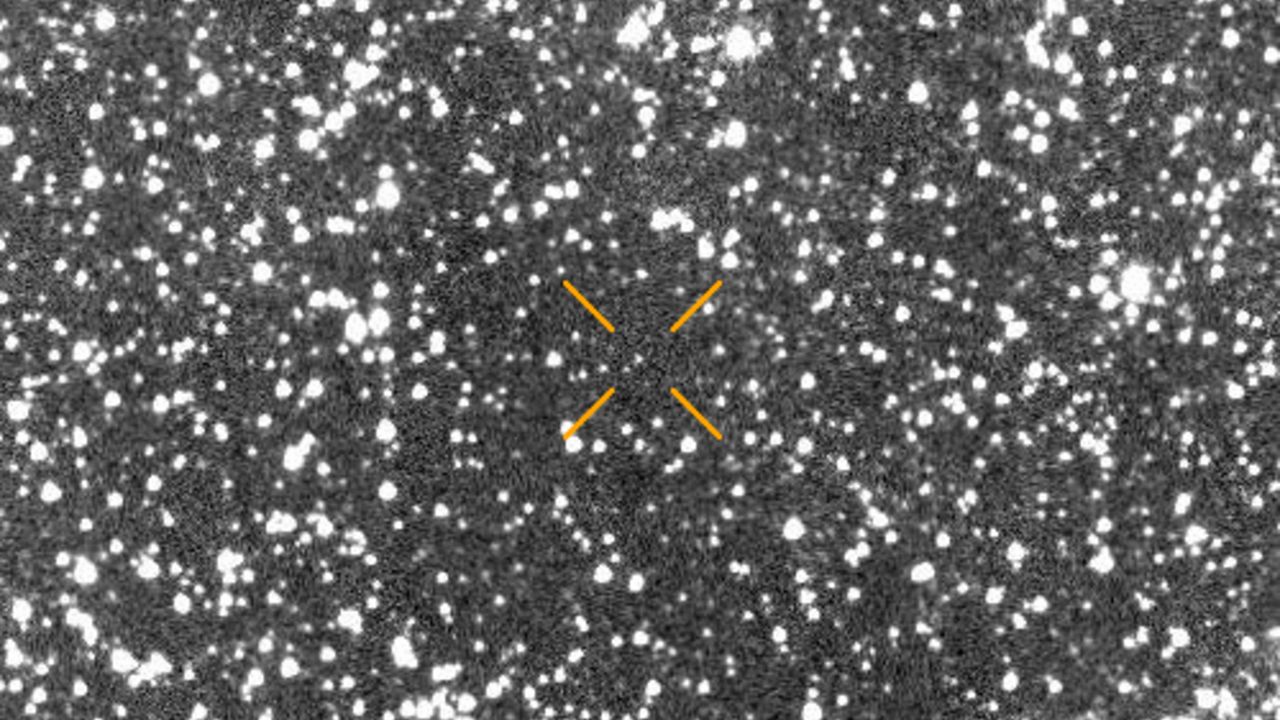Could 3I/ATLAS Be an Alien Probe? Unusual Signals and a Scientist’s Bold Theory
Could 3I/ATLAS Be an Alien Probe?
An unusual object named 3I/ATLAS arrived from beyond our solar system on July 1, 2025. It’s only the third confirmed interstellar object ever seen, following ‘Oumuamua and Borisov Wikipedia+15Scientific American+15Chron+15.
Avi Loeb, a Harvard astrophysicist, proposed in a new research paper that 3I/ATLAS might not be just a comet—it could be a piece of alien technology. His team described the object’s path as highly unlikely for a natural comet, highlighting its close fly-bys past Venus, Mars, and Jupiter—events with only 0.005% odds of happening by chance ChronHarvard CFA.
What makes it stranger: 3I/ATLAS lacks a strong gas tail and heat signature expected from a typical comet. It moves surprisingly fast—around 130,000–210,000 km/h—and seems to align almost exactly with the plane of our solar system, an arrangement with less than a 0.2% chance of random occurrence Wikipedia+15Chron+15The Sun+15.
Loeb frames the idea that this could be “possibly hostile alien technology” as a thought experiment—part of a broader project to study strange objects called the Galileo Project. He emphasizes that this isn’t a proven fact, but a theory worth scientific analysis, especially if future data shows unexpected behavior like propulsion or radio emissions Chron+9Live Science+9People.com+9.
Meanwhile, most astronomers disagree strongly. Experts label the alien-probe idea as “nonsense” or an insult to standard comet research. They argue that the object’s behavior can still fit within natural explanations, perhaps a slowly building coma that simply hasn’t shown up yet New York Post+2The Sun+2Futurism+2.
Adding more intrigue, recent precovery observations from TESS suggest 3I/ATLAS may have shown signs of activity while still far from the Sun—something typical comets sometimes do, but not always expected at such distances Jerusalem Post+15arXiv+15arXiv+15.
Loeb’s proposal may sound speculative, but he argues it’s part of a reasonable scientific approach: always test for unexpected possibilities when the data seems unusual. Whether 3I/ATLAS ends up as a classic interstellar comet or something far stranger, scientists plan to continue watching closely as it approaches the Sun later this year.
Why It Strikes People as Mysterious
-
It moves too fast and follows an odd path, making it unlike most objects from outside the solar system.
-
It lacks typical comet features like outgassing or a large tail—at least so far.
-
It’s tracked under a scientific project explicitly designed to explore even highly unlikely explanations.
-
While the idea of alien tech may sound wild, the argument rests on rare but observable anomalies—meaning it can be tested, not just imagined.
Please Like & Share 😉🪽
The Brutal Truth July 2025 Copyright Disclaimer under Section 107 of the Copyright Act of 1976: Allowance is made for “fair use” for purposes such as criticism, comment, news reporting, teaching, scholarship, education, and research.



:max_bytes(150000):strip_icc():format(jpeg)/Comet-3I-ATLAS-1-073025-3977c24bae704b0f8cb06cb330a7d5e6.jpg)

Comments
Post a Comment